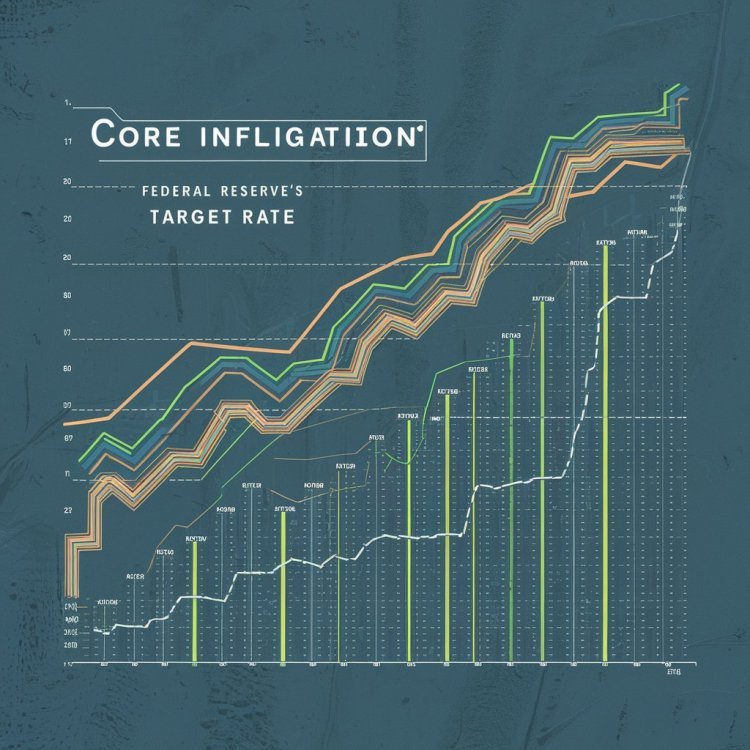Inflation Eases to 3.4% in April: A Mixed Bag for Consumers
The latest inflation report has brought a mix of good and bad news for consumers. On the one hand, inflation eased to 3.4% in April, a slight decrease from previous months. On the other hand, core inflation remains at 3.6%, still above the Federal Reserve's target rate. In this article, we'll dive into the details of the report and what it means for interest rates, rent prices, and food costs.
Declines in Grocery and Used Car Prices Offset Rent and Gasoline Increases
The 3.4% inflation rate in April can be attributed to declines in grocery and used car prices, which offset the increases in rent and gasoline. This is a positive sign, as it indicates that some of the pandemic-related supply chain issues are starting to ease. However, the cost of housing and gas still accounts for over 70% of the monthly increase in overall prices, which is a concern for many consumers.
Core Inflation Remains Above Fed's Target Rate
Core prices, which exclude volatile food and energy items, increased 0.3% in April. While this is a slower pace than the previous three months, it still keeps core inflation at 3.6%, above the Fed's target rate. This means that the Fed may not be ready to cut interest rates just yet, as they need to see more evidence of inflation coming under control.
Will Interest Rates Drop in September?
According to Nationwide Chief Economist Kathy Bostjancic, Wednesday's report "keeps alive the prospect of the Fed starting to cut rates in September." This is good news for consumers, as lower interest rates can make borrowing money cheaper and stimulate economic growth. However, it's still uncertain whether the Fed will actually cut rates, as they need to balance inflation concerns with economic growth.
Rent Prices Continue to Rise
Rent prices continue to be a major contributor to inflation, with the cost of housing accounting for over 70% of the monthly increase in overall prices. This is a concern for many consumers, as rent prices are often a significant expense.
Food Prices Decrease, Providing Relief to Consumers
Grocery prices dropped 0.2% in April, after flatlining for the previous two months. This decrease has nudged down the annual increase to just 1.1%, providing continued relief to consumers from the pandemic's supply chain snarls and food price run-ups.
Conclusion
The latest inflation report brings a mix of good and bad news for consumers. While inflation eased to 3.4% in April, core inflation remains above the Fed's target rate. Rent prices continue to rise, but food prices have decreased, providing some relief. The potential for interest rate cuts in September is still uncertain, but it's a possibility. Overall, while there are some positive signs in the inflation report, there is still work to be done to bring inflation back down to the Fed's target rate.





















